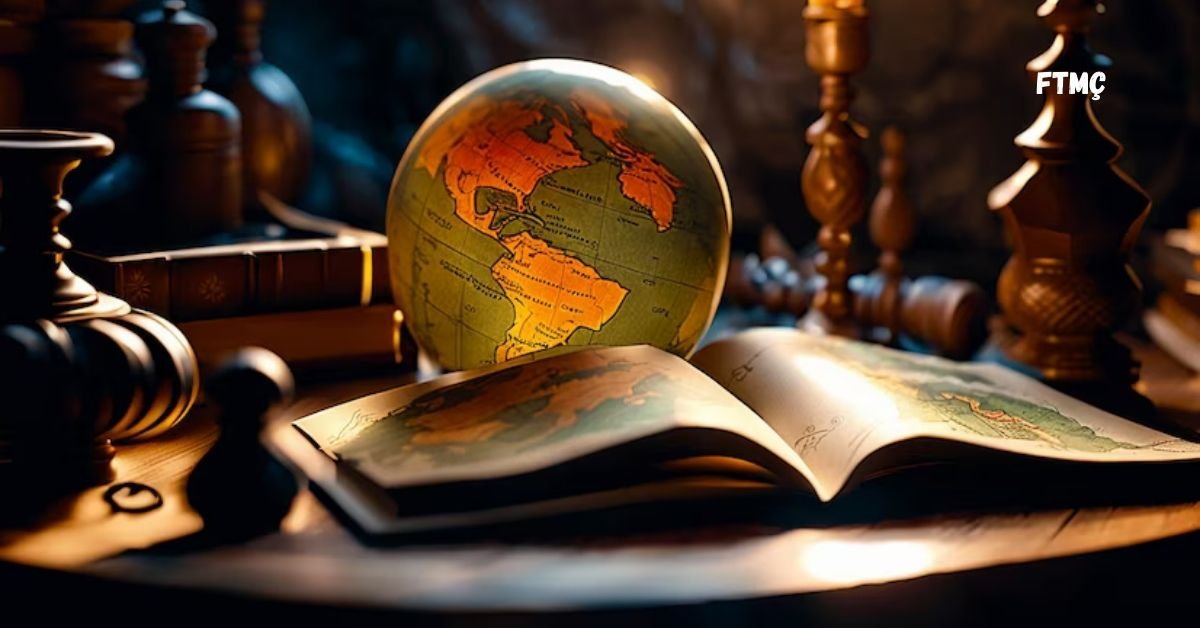FTMÇ has become a fascinating topic for many due to its rich history and evolving applications. This article delves into the history, significance, and future of FTMÇ, exploring how it has shaped and been shaped by different cultures and technological advancements.
History of FTMÇ
FTMÇ’s origins can be traced back to ancient times when early civilizations discovered its unique properties. Initially, it served practical purposes, but its use expanded as societies advanced and recognized its potential.
Throughout history, key milestones have marked the evolution of FTMÇ. From its initial discovery to significant technological breakthroughs, each milestone reflects the growing understanding and application of this remarkable material.
FTMÇ in Different Cultures
Different cultures have adopted and adapted FTMÇ in unique ways. In some regions, it is intertwined with traditional practices and rituals, while in others, it has been embraced for its innovative potential. These cultural variations highlight the versatility and significance of FTMÇ across the globe.
Traditionally, FTMÇ was used in a variety of applications, ranging from everyday tools to ceremonial objects. Its durability and adaptability made it a valuable resource in many cultural contexts, showcasing human ingenuity and creativity.
Modern Applications of FTMÇ
With the advent of modern technology, the applications of FT’MÇ have expanded significantly. Innovations in production techniques and material science have unlocked new potentials, making FT’MÇ a crucial component in various industries.
Today, FTMÇ is widely recognized and utilized in contemporary society. Its presence can be seen in everything from consumer products to industrial applications, reflecting its enduring relevance and adaptability.
FTMÇ in Art and Media
Artists have long been inspired by FT’MÇ, incorporating it into their works to explore its aesthetic and symbolic potential. From ancient sculptures to modern installations, FT’MÇ has been a medium for artistic expression and cultural commentary.
The portrayal of FT’MÇ in media has also contributed to its cultural significance. Documentaries, films, and literature have highlighted its history and applications, bringing it into the public consciousness and sparking interest and curiosity.
Crafting FTMÇ
Crafting FT’MÇ using traditional techniques is an art form that has been passed down through generations. These methods, often labor-intensive and meticulous, preserve the heritage and craftsmanship associated with FT’MÇ.
Modern innovations in FT’MÇ crafting have streamlined production and expanded possibilities. Advanced machinery and new techniques have made it easier to produce high-quality FT’MÇ items, catering to contemporary demands and preferences.
Economic Impact of FTMÇ
FT’MÇ plays a significant role in the global market, with countries around the world producing and trading it. Its economic impact is substantial, influencing various industries and contributing to international commerce.
In many regions, the FT’MÇ industry supports local economies by providing employment and fostering economic development. Artisans, manufacturers, and traders all benefit from the demand for FT’MÇ, highlighting its importance at both local and global levels.
Environmental Considerations
Sustainability is a crucial consideration in the FT’MÇ industry. Efforts to use eco-friendly materials and processes are becoming more common, aiming to minimize environmental impact and promote responsible production.
Despite these efforts, the FT’MÇ industry faces environmental challenges. Pollution and resource depletion are significant concerns that need to be addressed to ensure the long-term sustainability of FT’MÇ production.
Regulations and Standards
Regulations play a vital role in ensuring the quality and safety of FT’MÇ products. Industry standards help maintain consistency and reliability, protecting consumers and supporting fair trade practices.
Quality standards are essential for maintaining the integrity of FT’MÇ. These standards ensure that products meet specific criteria, providing assurance to consumers and fostering trust in the industry.
Future Trends of FTMÇ
The future of FT’MÇ is bright, with numerous innovations on the horizon. Advances in material science and technology are expected to unlock new applications and improve existing ones, driving the industry forward.
Experts predict that FT’MÇ will continue to play a significant role in various sectors, from technology to art. Its adaptability and potential for innovation make it a material to watch in the coming years.
Conclusion
FTMÇ is a fascinating subject with a rich history and promising future. Its significance spans cultures and industries, reflecting human creativity and technological progress. By understanding its past and anticipating its future, we can appreciate the true value of FT’MÇ in our world.
FAQs
What is FTMÇ?
FT’MÇ is a material with a rich history and a wide range of applications, from traditional uses to modern technological advancements.
How has FTMÇ evolved over time?
FT’MÇ has evolved from a practical material in ancient times to a versatile component in various industries today, thanks to technological advancements and cultural adaptations.
What are the environmental considerations for FTMÇ?
The FT’MÇ industry is working towards sustainable practices to minimize environmental impact, though challenges such as pollution and resource depletion remain.
How does FTMÇ impact local and global economies?
FT’MÇ supports local economies by providing employment and fostering development, while also playing a significant role in the global market through production and trade.
What future trends can we expect for FTMÇ?
Future trends for FT’MÇ include technological innovations and new applications, driven by advances in material science and an ongoing demand for versatile, high-quality materials.











